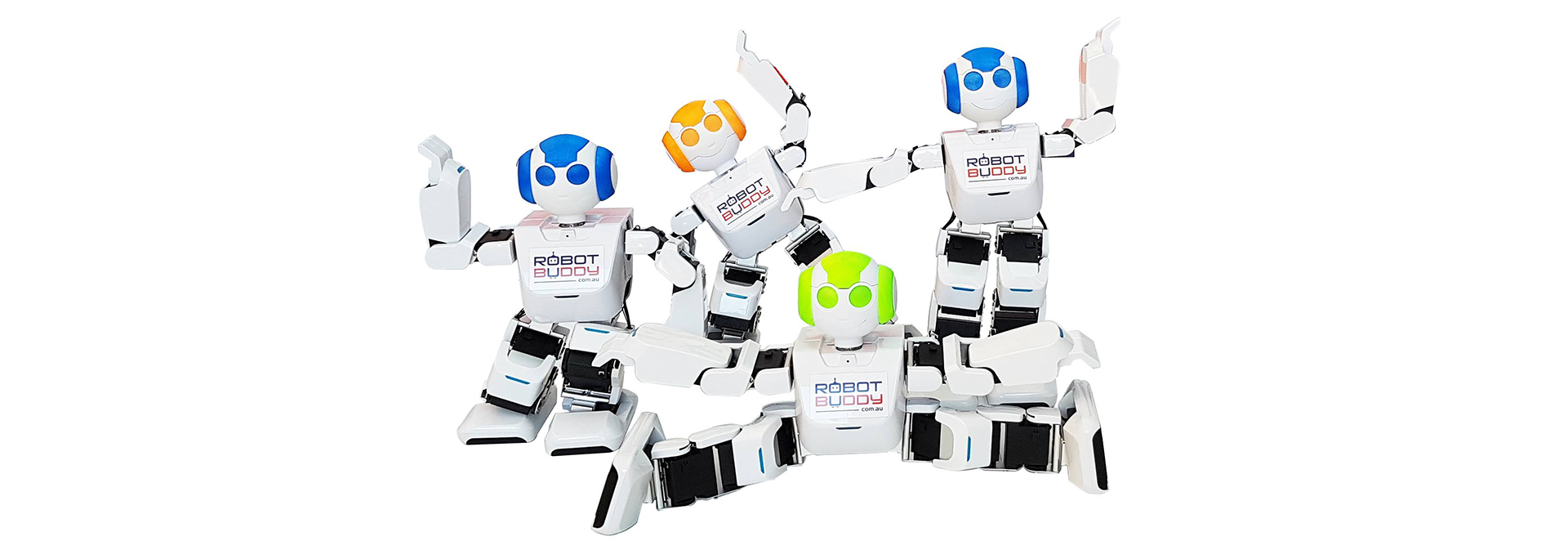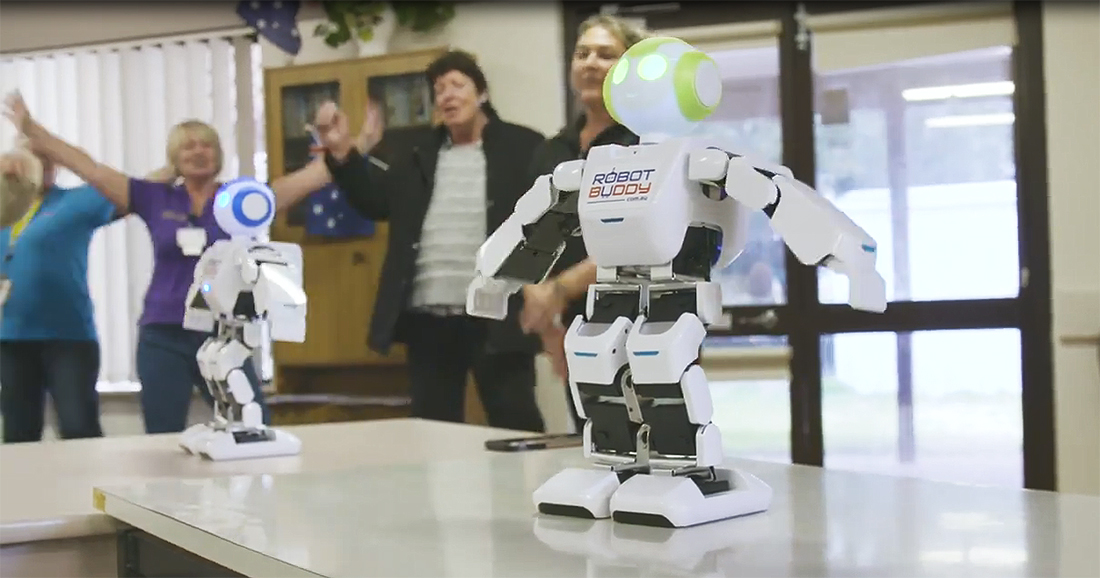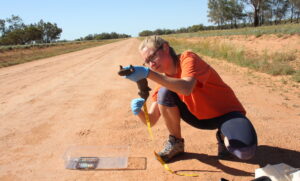When Coleen Wright steps into Perth aged care facilities with her singing, dancing robots, the residents get excited.
Even residents living with dementia remember the robots’ names and the songs they’re about to perform.
During the hour Coleen is there, many of the residents will lose themselves in the music.
“There’s lots of singing, there’s lots of smiling, people mimic the robots,” Coleen says.
“It’s not uncommon to see people getting up waltzing or doing the jive.”
Therapy robots enter nursing homes
Coleen is the general manager of Robot Buddy, an Australian therapy robot specifically designed for aged care.

The robot has visited more than 50 aged care facilities, conducting hundreds of sessions from Mandurah to Kinross.
The company was also a semi-finalist in the 2019 WA Innovator of the Year award.
Robot Buddy was inspired by nursing homes in Japan, where robots have been used to lift residents and provide companionship, among other tasks.
It’s part of a push by the Japanese Government to use robots to help fill a projected shortfall of 380,000 aged care workers by 2025.
Critics argue robots can’t provide genuine care because they’re unable to experience the emotions integral to the provision of such care.
But Coleen – whose grandmother and grandfather suffered from dementia – sees it differently.
A new approach to aged care
Coleen thinks robots offer aged care residents a new experience in an often repetitive and restrictive environment.
Robot Buddy also reduces the aggressive behaviour that can accompany dementia, she says.
“We find that the robots are very calming, they’re very captivating,” Coleen says.
“People are smiling, they’re laughing, they’re singing. It takes them back to when they used to go to Saturday night dances [with] their friends.”
In the hands of machines?
Coleen sees a future where aged care facilities are home to many different robots.
Robots dispensing food and medication could free up staff to spend more time one-on-one with residents.
But would you trust a robot to look after your loved one?
Alzheimer’s WA head of dementia practice and innovation Jason Burton has mixed views.
While Jason can see the potential for robots as entertainment, he says the evidence for them relieving boredom isn’t strong.
That’s partly because there’s often a person accompanying the robot, so it’s unclear whether any benefits are from residents interacting with the robot or with the person.
People power
Jason is concerned about robots providing companionship.
He believes most people would find it unacceptable to be cared for by a machine.
“We get companionship from somebody or something that we connect with emotionally and build a relationship with,” Jason says.
“From my point of view, I think robots should never be seen to replace companionship with real people and animals.”
“That might be very different as generations change,” he says. “But for current generations, that human contact remains really important.”
So while robots may be able to lend a helping hand to aged care workers, it’s unlikely we will see a robotic revolution replace real people.









